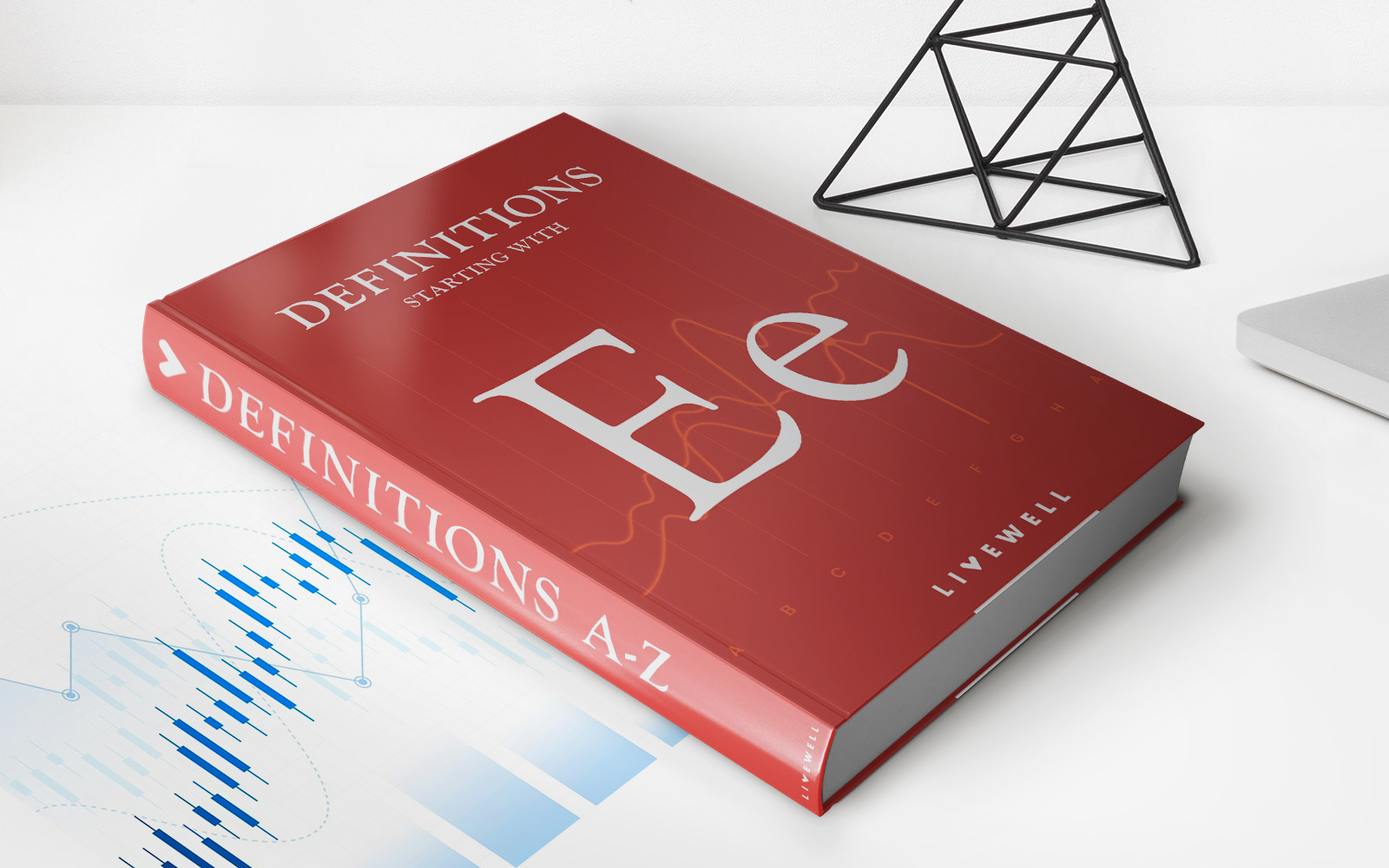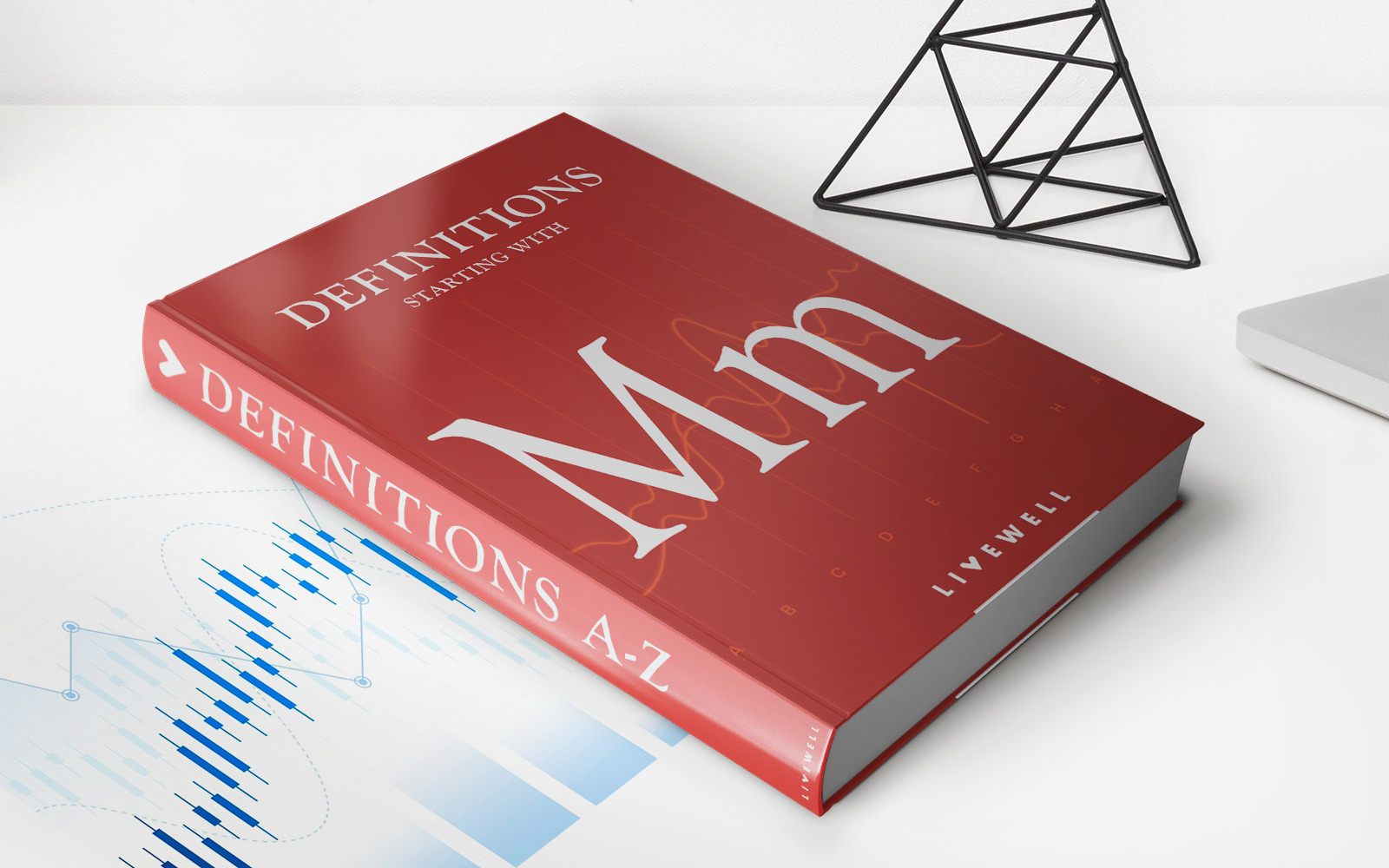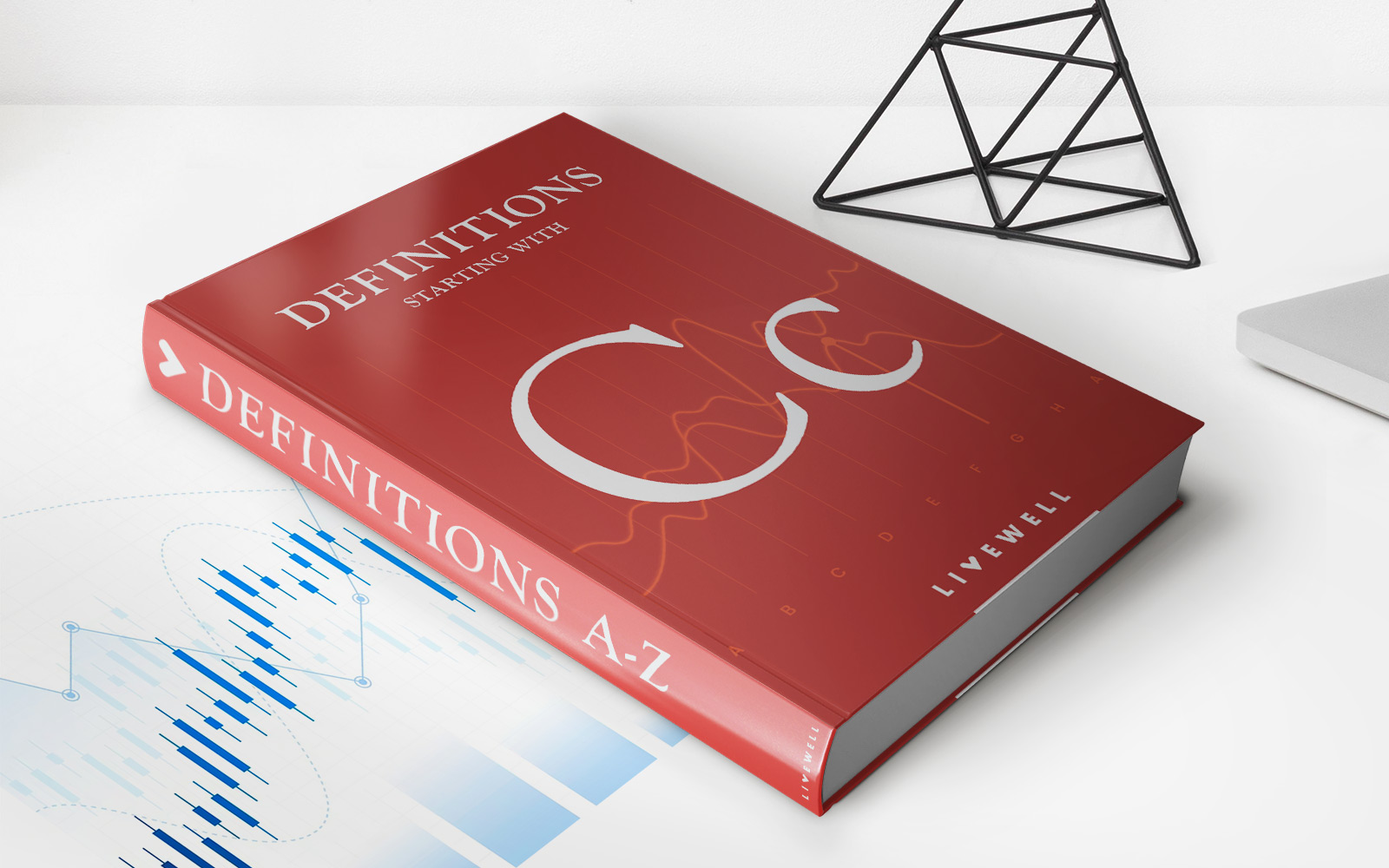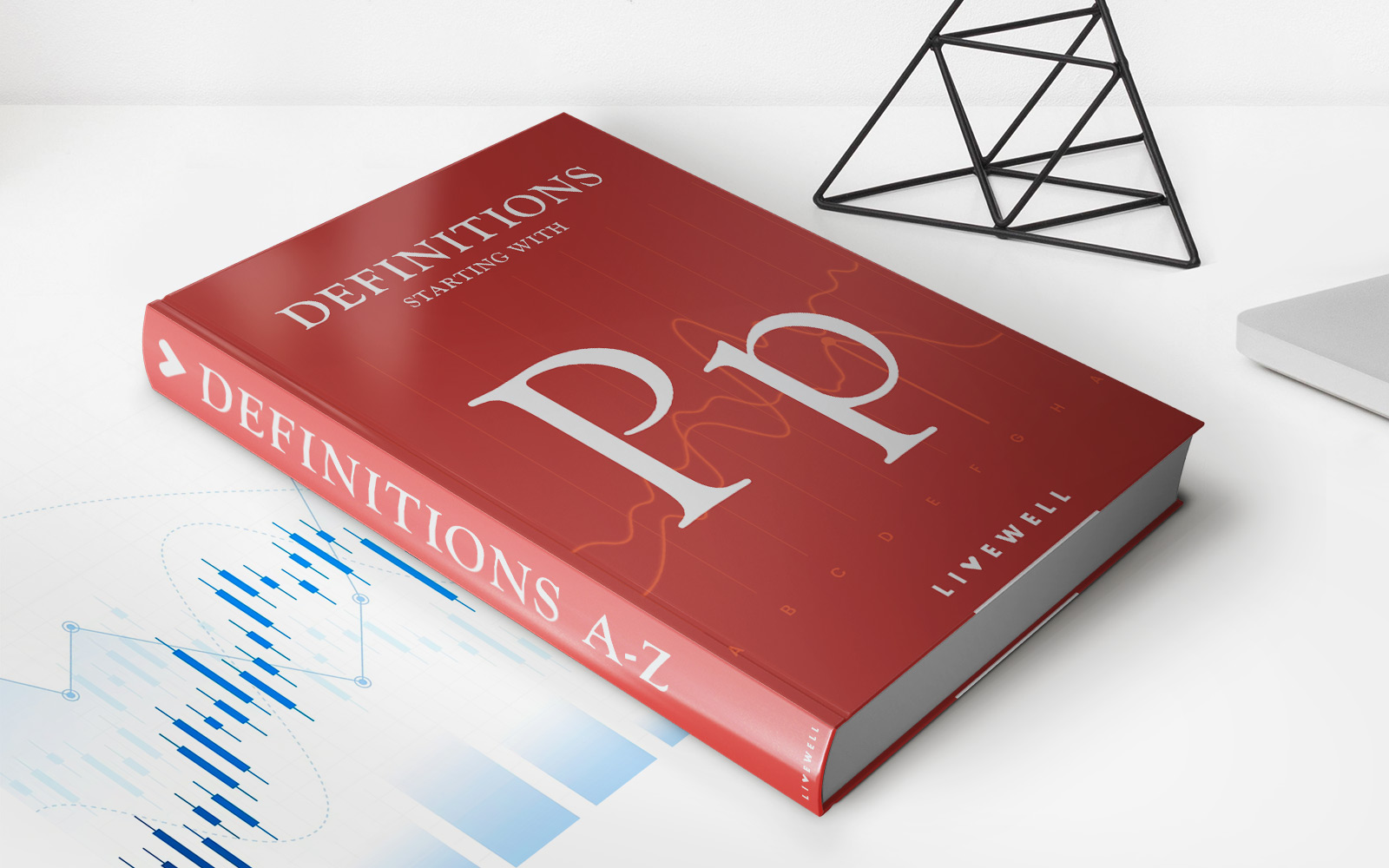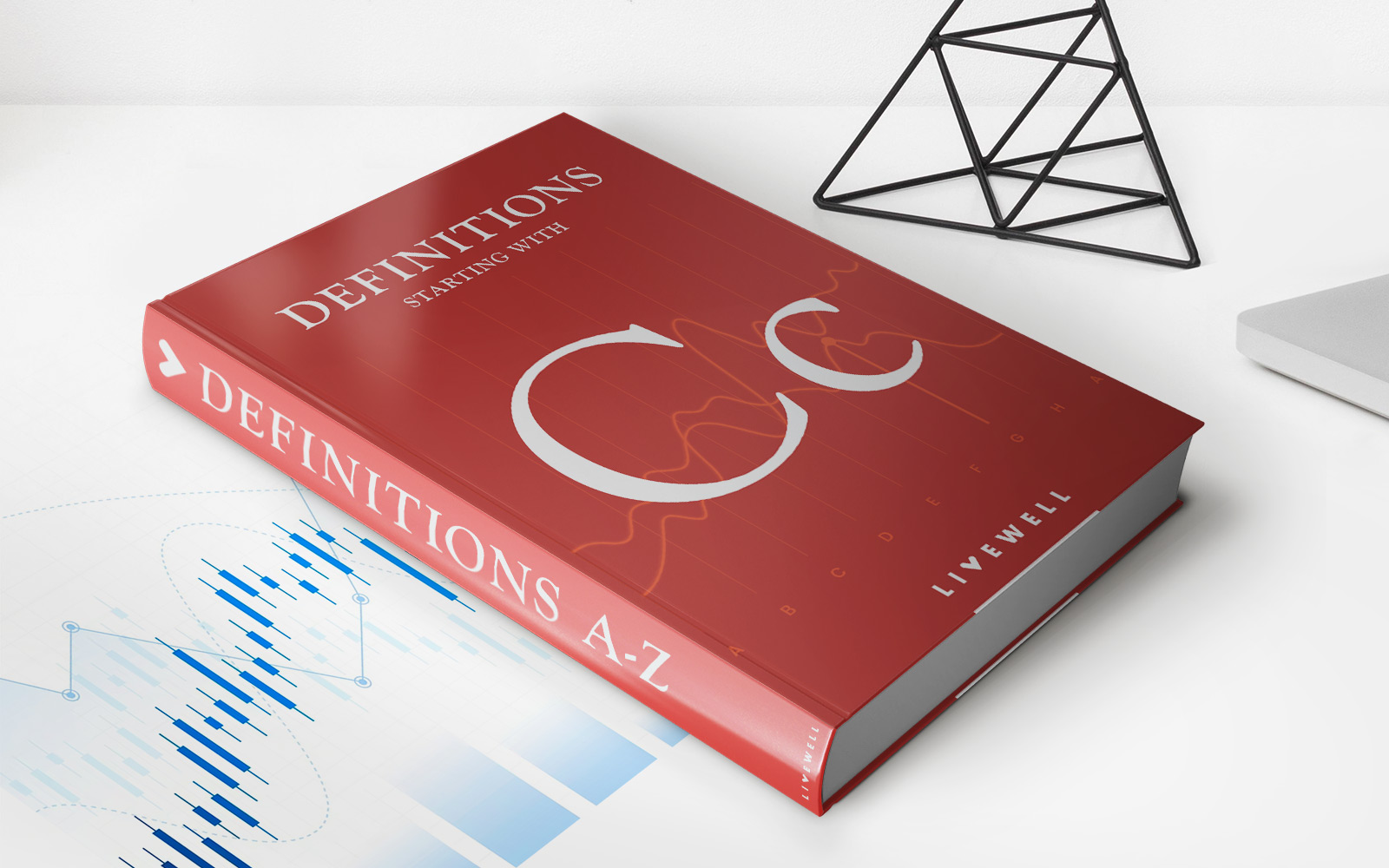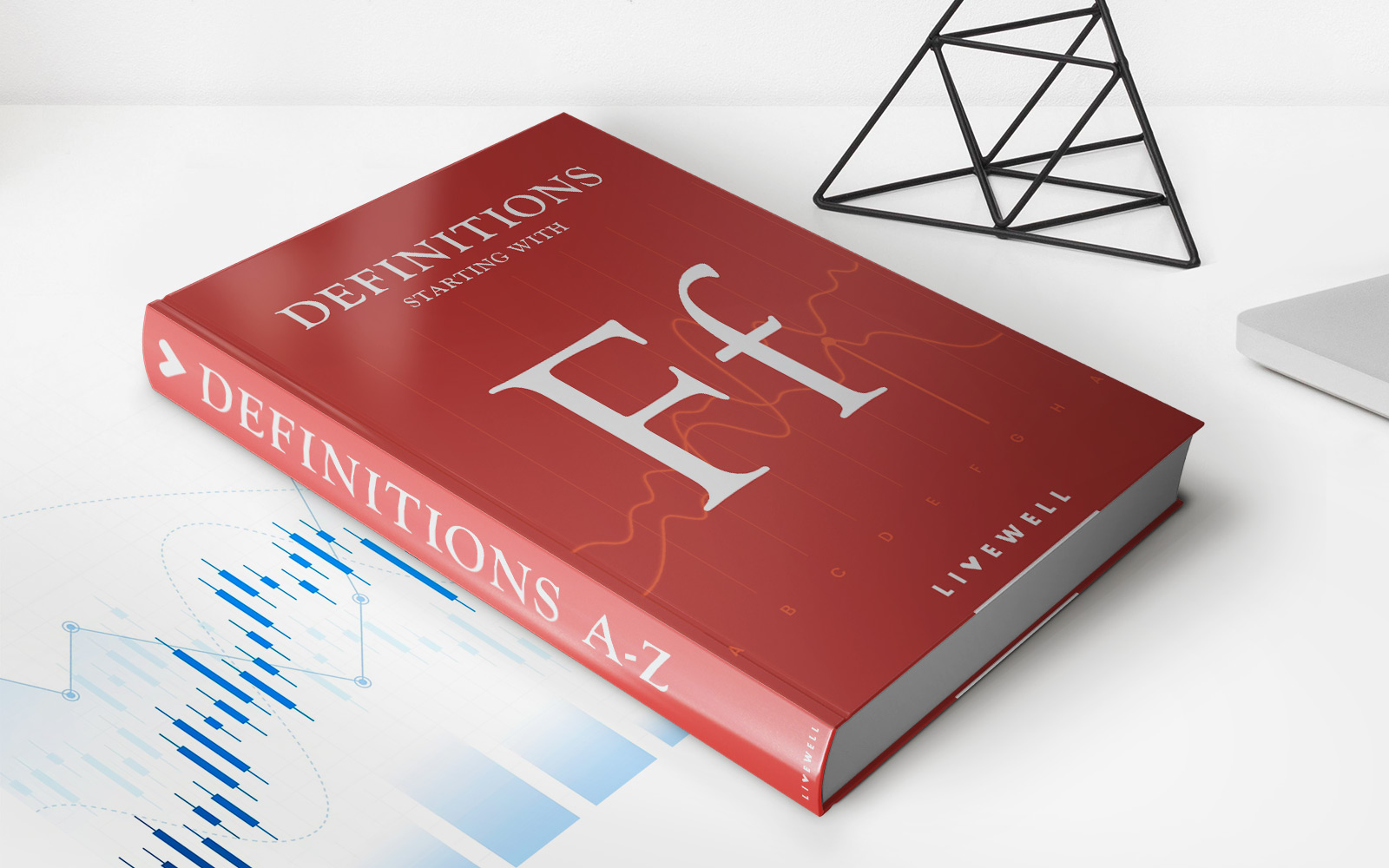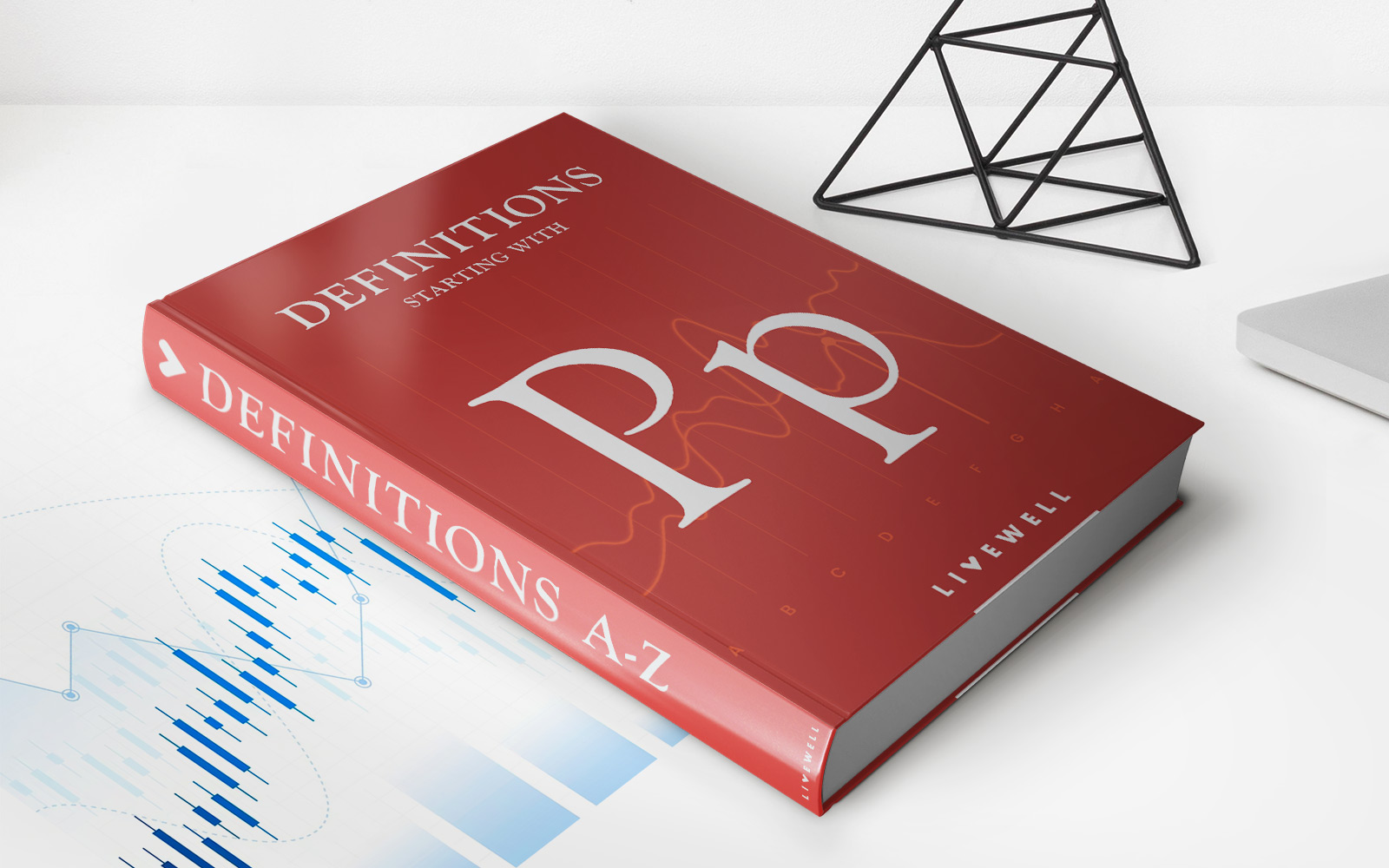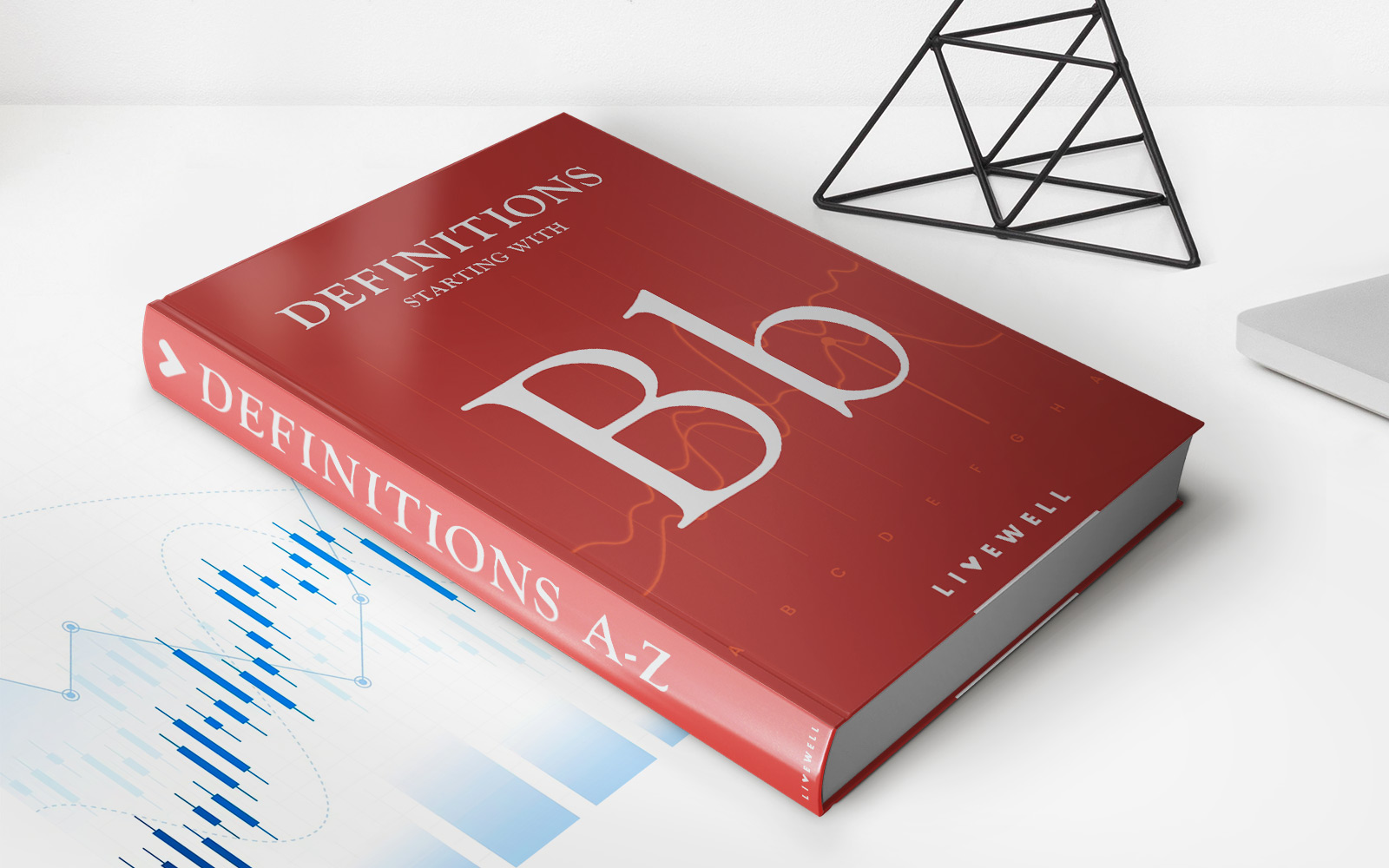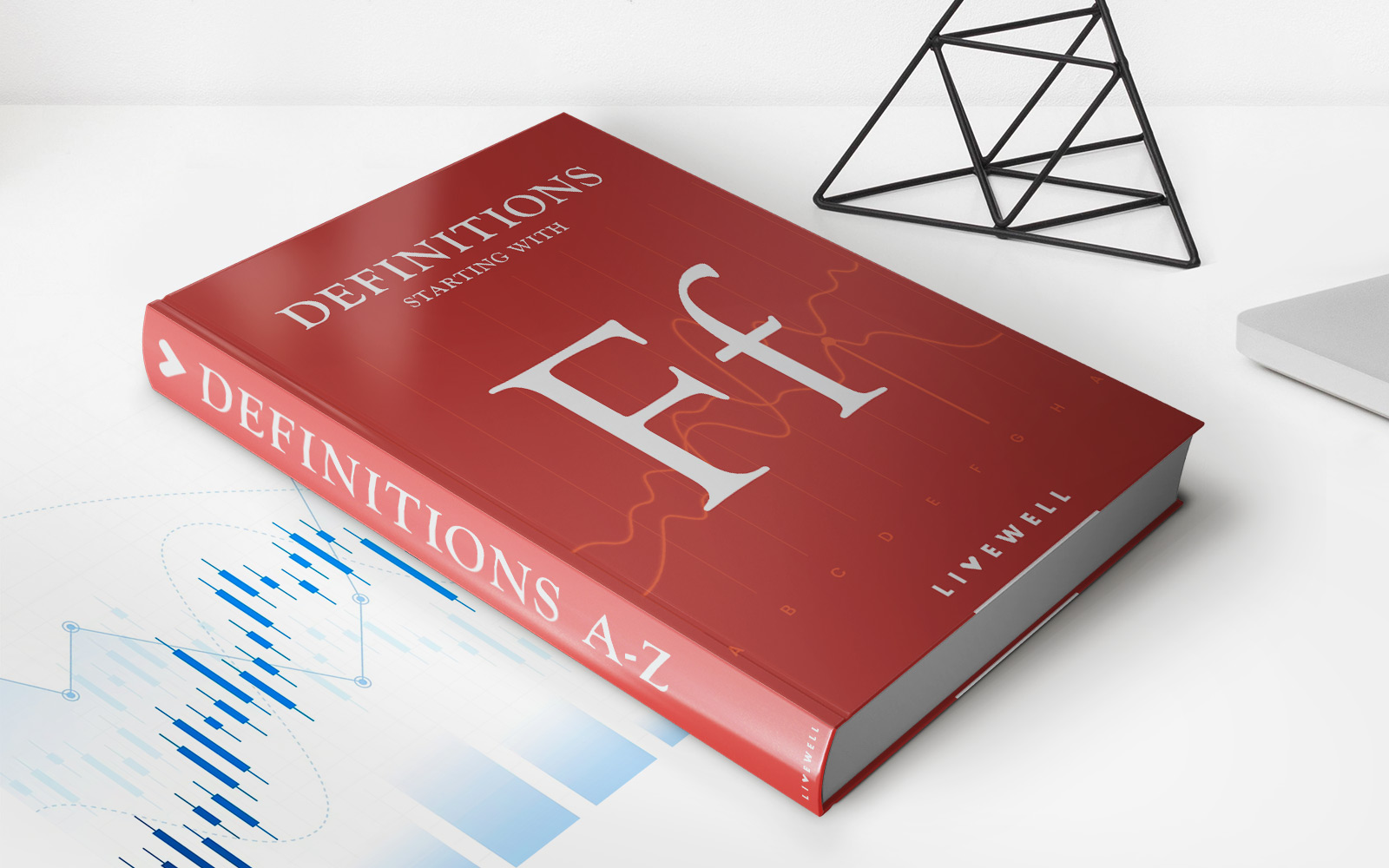Home>Finance>Fair Value: Its Definition, Formula, And Example

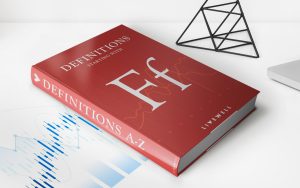
Finance
Fair Value: Its Definition, Formula, And Example
Published: November 22, 2023
Discover the meaning and calculation of fair value in finance, along with a practical example. Enhance your understanding of financial concepts with this comprehensive guide.
(Many of the links in this article redirect to a specific reviewed product. Your purchase of these products through affiliate links helps to generate commission for LiveWell, at no extra cost. Learn more)
The Basics of Fair Value: Its Definition, Formula, and Example
Welcome to our Finance category where we will be diving into one of the fundamental concepts that plays a crucial role in financial reporting and investing: fair value. In this blog post, we will explore the definition of fair value, understand its formula, and provide an example to help illustrate its importance in the world of finance. So, let’s get started!
Key Takeaways:
- Fair value is an objective measurement of an asset’s worth or liability at a specific point in time.
- It is determined based on the current market conditions and is used to provide transparency in financial reporting.
What is Fair Value?
When it comes to financial reporting, fair value is a concept used to determine the value of an asset or a liability. It represents the price that would be received to sell an asset or paid to transfer a liability in an orderly transaction between market participants at a specific point in time.
Fair value is not simply a subjective judgement but rather an objective measurement that considers market conditions, supply and demand dynamics, and other factors. It provides transparency, comparability, and accuracy in financial statements, allowing shareholders and investors to make more informed decisions.
Fair Value Formula
Calculating fair value requires careful analysis and adherence to a standardized formula. The formula to calculate the fair value of an asset or liability is:
Fair Value = Market Price + Intrinsic Value + Additional Factors
The market price represents the current selling price of the asset or the amount that would be paid to transfer the liability between market participants. The intrinsic value takes into account the asset’s characteristics, underlying fundamentals, and potential future cash flows. Additionally, certain factors such as liquidity, risk, and market conditions may also contribute to the determination of fair value.
An Example Illustrating Fair Value
Let’s consider an example to better understand how fair value works. Suppose you are an investor who is evaluating a company’s stock. If the current market price of the stock is $50, the intrinsic value of the stock based on its earnings potential is estimated to be $60, and the additional factors such as market volatility and liquidity deem a $5 premium, the fair value of the stock would be:
Fair Value = $50 (Market Price) + $60 (Intrinsic Value) + $5 (Additional Factors) = $115
Based on this calculation, the fair value of the stock is determined to be $115. If the stock is trading below its fair value, it may be considered undervalued, presenting a potential investment opportunity. On the other hand, if the stock is trading above its fair value, it may be considered overvalued, signaling a potential sell-off opportunity.
In Conclusion
Fair value is a crucial concept in finance, providing investors, shareholders, and regulators with an accurate and transparent measure of an asset’s worth or a liability’s transfer value. By understanding the definition, formula, and example illustrated in this blog post, you are now equipped with the knowledge to evaluate fair value and make more informed financial decisions. Remember, fair value ultimately helps us navigate the complex world of finance with greater confidence and precision.
Thank you for reading our blog post on fair value, and feel free to explore our other finance-related articles for further insights and knowledge!
